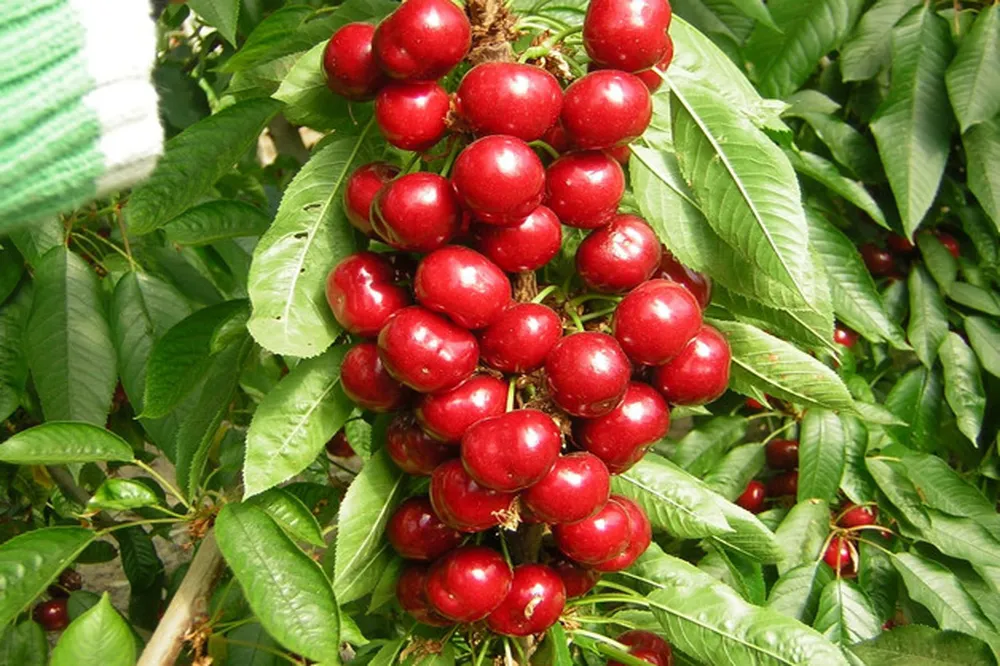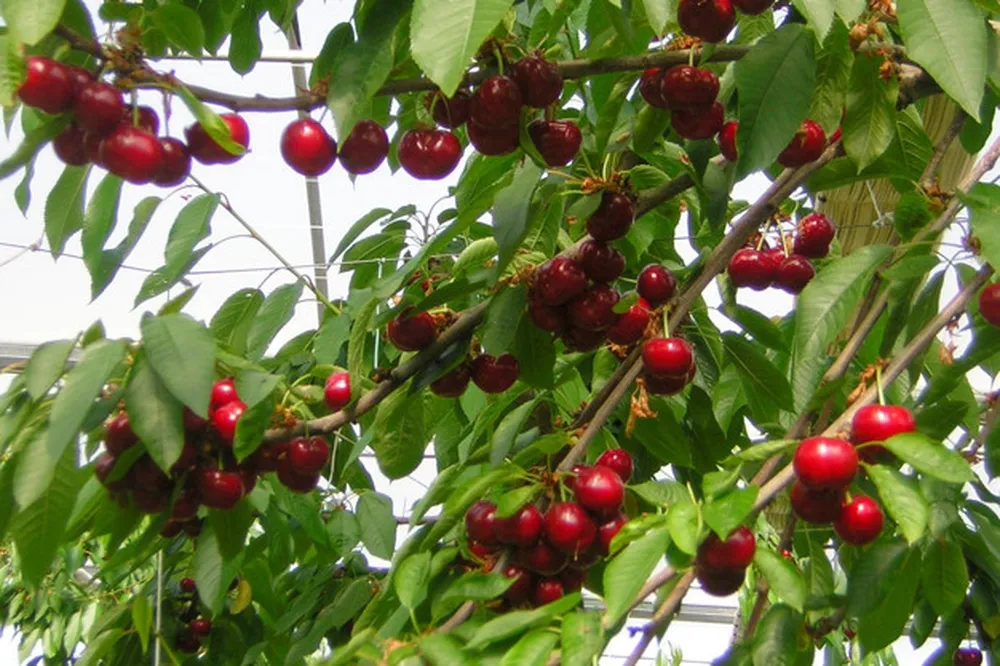The health of propagation materials starts with the breeders
05 Apr 2023
Some considerations on how to better qualify varietal innovation through breeding certification programs for a new sustainable and competitive cherry crop.
In a few days, the harvest of the first cherries of the Spanish season will begin in the Valle del Río Cinca: the exclusive Cherries Glamour.
Óscar Ortiz, commercial director of the Cinca group, proudly confirms this, highlighting how their company has been a pioneer in producing the very first European cherries for over twenty years.
"We are the only company in the Northern Hemisphere to start harvesting as early as the second half of March," he says.

This year, the harvest will start on March 24, slightly later than last season, but with a more abundant yield: from last year’s 60 tons (60,000 kg), production will rise to 80 tons (80,000 kg), with excellent quality fruit.
"We have learned a lot over the years, thanks to trials, errors, and constant innovations in research and development.
This has allowed us to remain unique in Spain in producing ultra-early cherries in greenhouses," explains Ortiz.

The Cherries Glamour, now a brand recognized throughout Europe, come from cherry tree varieties grown in controlled climate conditions.
"We manage light and temperature in our modern multi-capillary greenhouses, fully climate-controlled, to ensure optimal ripening, as if the fruits were growing outdoors," says Ortiz.
The result? Brighter cherries with an exceptional flavor, free from damage caused by wind and bad weather.
"Our secret lies not only in technology but also in the passion of the people who started this project in 2000," Ortiz emphasizes.
"It has been years of learning, trials, and errors, but thanks to this journey, we have managed to implement innovative solutions in research and development that allow us to be the only Spanish company producing ultra-early cherries in greenhouses."

The first cherries will reach the main European gourmet markets as early as next week.
In the second part of the season, expected in May, cherries grown outdoors on the 450 hectares (4.5 km²) cared for by the farmers of Río Cinca will also arrive.
"We start with great prices, between €80 and €90 per kilo, and we have already received strong interest from all over Europe for our cherries," reveals Ortiz.
"This has driven us to expand production: we currently have about 80,000 m² (8 hectares) of greenhouses in operation and are building another 30,000 m² (3 hectares) for the upcoming seasons."
"Many companies in Europe, Israel, and Chile have tried to copy us, but Río Cinca remains the producer of the year’s first cherries in the Northern Hemisphere," Óscar Ortiz concludes proudly.
Source: FreshPlaza.es
Image source: FreshPlaza.es
05 Apr 2023
Some considerations on how to better qualify varietal innovation through breeding certification programs for a new sustainable and competitive cherry crop.
14 Oct 2024
The sixth Global Cherry Summit will be held on April 22, 2025, at the Monticello Conference Center in San Francisco de Mostazal, Chile. The 2025 event marks a milestone in the history of the meeting with an expanded format and demand for participation growing.
05 Dec 2025
South Africa’s cherry exports are growing fast: in 2024 over 800 hectares were in production. 60% go to the UK, followed by the EU and Middle East. China is the next frontier for 2026, with cold treatment protocols under evaluation to meet phytosanitary rules.
05 Dec 2025
Bloom Fresh cherries are transforming the global fruit market with new early and blush varieties. Grown in Chile, Spain, South Africa and France, premium selections like Cheery Glow and Cheery Treat meet rising demand from Asia, China and the United States.